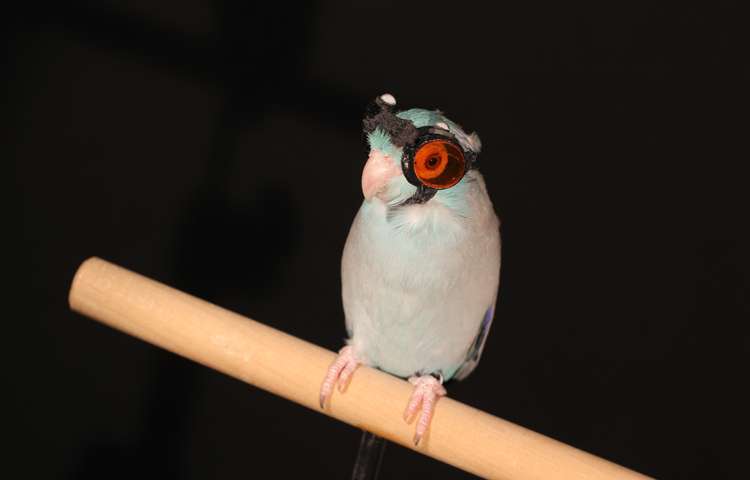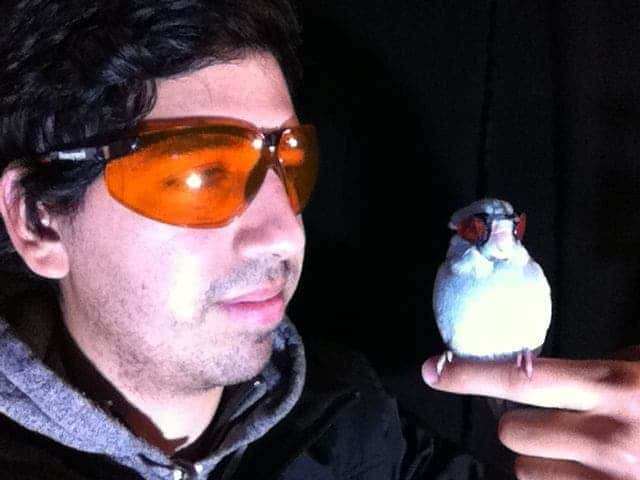
Obi-Wan is an adorable parrot who is teaching scientists how to build bird-inspired flying robots. While humans have mastered uni-body fuselages for aircraft, the same can’t be said about flapping man-made wings, which have desirable qualities for certain applications. So, Obi-Wan was sent flying through an experimental setup which fired lasers and aimed high-speed cameras at the parrot as it flew through the wind tunnel.
Catch that parrot!
The parrot was fitted with custom 3D-printed goggles meant to protect it against potential retina damage incurred by the lasers. Otherwise, the laser is harmless — its pulses are meant to map every micro-motion of the bird, but also the vortices produced by the flapping wings. These vortices were measured with incredible accuracy thanks to micro-particles that scatter laser light dispersed inside the wind tunnel. The particles thus produced a sort of ‘fog’ allowing airflow patterns to be traced.
The Stanford researchers who performed the experiment say they were very surprised by the findings which contradict mathematical models of the airflow generated by flying animals.
According to these models, a flying creature ought to create a lot of well-organized vortex loops that slowly flow downstream. That was not the case, though, as Obi-Wan showed these vortices break up violently after only 100 milliseconds or 2-3 wingbeats.
Three equations that are widely used to model bird flight were shown to be inaccurate. Two of them underestimated the lift values while the other returned a zero value, implying a free fall, even when the footage clearly showed Obi-Wan was flapping through the air, as outlined in Bioinformatics and Biomimetics.
“Now, whereas vortex breakup happens far away behind the aircraft – like more than a thousand meters – in birds, it can happen very close to the bird, within two or three wingbeats, and it is much more violent,” said Stanford mechanical engineer David Lentink, who is the senior author on the paper.
The tornado-shaped air vortices get produced when high-pressure air over the wing meets the lower pressure air below. These are key to generating lift and understanding the physics is key to designing aircraft.

Obi-wan and the Stanford researchers proved our current models of bird flight are woefully inadequate — but it’s fine. Now, we can build better ones. These models will one day lead to bio-inspired aircraft that can take off vertically with its wings, without the need for a vertical thruster or helicopter-like rotor. Such crafts would also be more efficient. The bar-tailed godwit, for instance, weighs only an ounce but can fly nonstop from Alaska to New Zealand. Lentink’s lab already has some experience designing such crafts after researchers made a flapping-winged robot that can fly like an insect.
“Many people look at the results in the animal flight literature for understanding how robotic wings could be designed better,” said Lentink. “Now, we’ve shown that the equations that people have used are not as reliable as the community hoped they were. We need new studies, new methods to really inform this design process much more reliably.”






